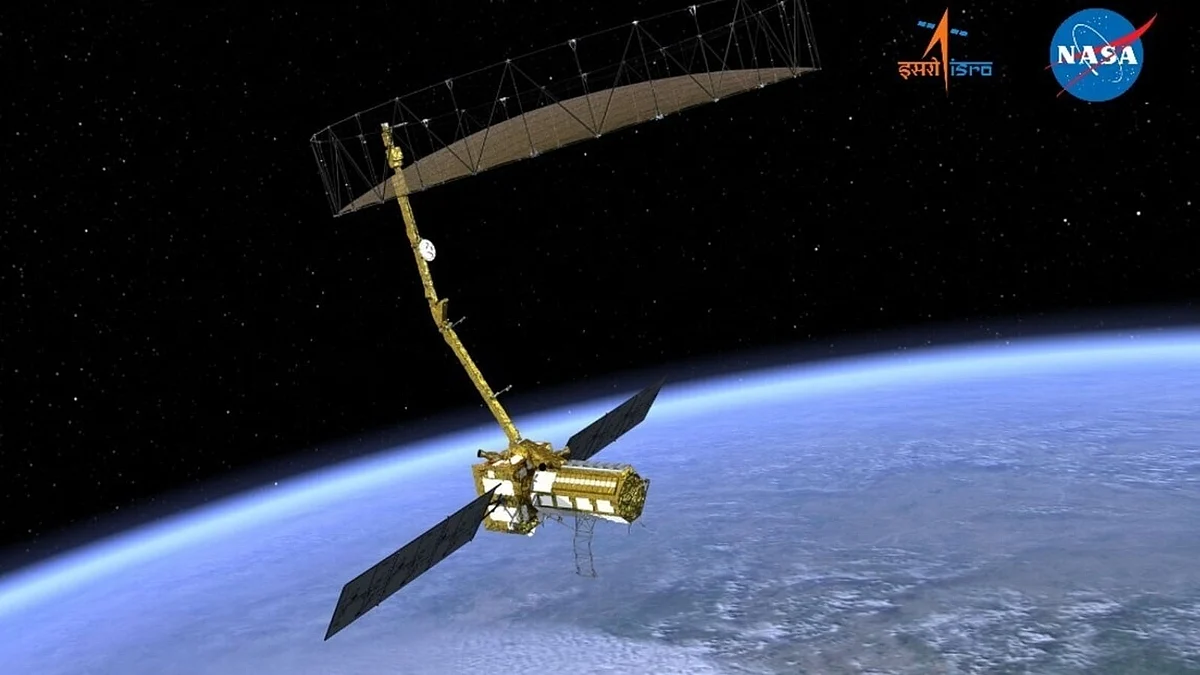Ten years ago, on September 21, 2014, NASA's MAVEN spacecraft started orbiting Mars, examining how the planet's atmosphere interacts with the Sun and solar wind. MAVEN has contributed to the understanding of Mars' shift from being warm and wet to cold and dry. The mission persists in investigating Mars' changes in the atmosphere and presence of water in the past, which helps understand its potential for supporting life.
Let us take a peek at MAVEN's successful scientific results on Mars:

Atmospheric erosion on Mars | NASA
Intense Atmospheric Ablation
One major finding of MAVEN was that Mars' atmospheric erosion rises notably during solar storms. The group examined how the solar wind, a constant flow of charged particles emitted by the Sun, and solar storms steadily erode Mars' atmosphere, which has significantly impacted the planet's climate transformation from a once habitable environment to its current cold and dry state.

Mars is losing its atmosphere | NASA
Atmospheric Sputtering
MAVEN measured argon gas isotopes in the upper atmosphere of Mars to gain insight into the planet's atmospheric loss. Argon is classified as a noble gas, indicating its infrequent interaction with other elements within the atmosphere of Mars. The sole method of removal is through atmospheric sputtering, which involves ions colliding with the Martian atmosphere at high speeds, causing them to dislodge gas molecules. By studying argon isotopes in the upper atmosphere, the MAVEN team determined that around 65% of the original argon has been lost through sputtering throughout the planet's past.

NASA shares images captured by its orbiter, MAVEN, of the purple aurora formed on Mars. | NASA
Novel Form Of Aurora
MAVEN found different kinds of auroras that appear when energetic particles enter the atmosphere, hitting gases and causing them to glow. The MAVEN team demonstrated that auroras on Mars are caused by protons instead of electrons. Proton auroras are limited to small regions near the poles on Earth, but they are widespread on Mars.

Mars experiences Dust Storm | NASA
Dust Storm On Mars
In 2018, a succession of runaway dust storms caused a massive dust cloud that covered the entire planet. The MAVEN team examined the impact of this planet-wide dust storm on Mars' upper atmosphere in order to determine its influence on the release of water into space. It was confirmed that during dust storms, heat can lift water molecules further into the atmosphere than normal, causing a sudden increase in water escaping into space.

How the wind flows on Mars | NASA
Wind Patterns On Mars
MAVEN scientists produced the initial chart of wind patterns in the higher regions of Mars' atmosphere. The fresh map is aiding scientists in gaining a deeper understanding of the Martian climate, particularly how surface terrain is influencing high-altitude wind patterns on the planet. The findings offer a glimpse into how changes in the upper atmosphere of Mars have impacted the climate development of the planet throughout history.

Mars' tilted magnotail | NASA
Mars' Curved Tale
Mars' magnetic "tail" is not visible and gets twisted due to its interaction with the solar wind. While models suggested that magnetic reconnection is responsible for twisting Mars' magnetotail, it wasn't until the arrival of MAVEN that scientists were able to verify the accuracy of these predictions. The twisted tail formation may lead to the potential escape of a portion of Mars' already sparse atmosphere into space.

Electic flow over Mars (first illustration) | NASA
Charting Electrical Flows
Scientists utilised MAVEN information to generate a map displaying electrical current structures within the atmosphere of Mars. These are created when ions and electrons from solar wind collide with the planet's generated magnetic field, leading to the dispersion of particles. The electric currents that encircle the planet are crucial in the atmospheric loss that made Mars go from a potentially habitable world to a barren desert.

Mars loses its solar wind | NASA
Vanishing Solar Wind
MAVEN recently witnessed the surprising vanishing of the solar wind. This occurred due to an incredibly strong solar event that left a gap behind as it moved through the solar system. MAVEN discovered a significant decrease in solar wind density upon its arrival at Mars. This vanishing of the solar wind caused the Martian atmosphere and magnetosphere to expand by thousands of kilometres.

Ultraviolet wavelength caused clouds on Mars | NASA
Ultraviolet Perspectives
MAVEN captured beautiful images of Mars in two ultraviolet shots taken at various spots during the planet's journey around the Sun. Through observing the planet in ultraviolet wavelengths, scientists gather knowledge about the Martian atmosphere and observe surface characteristics in extraordinary ways.

Mars experiences solar storm |
Solar Storms
During May 2024, a sequence of solar occurrences caused a surge of lively particles that rapidly moved towards Mars. Numerous Mars missions conducted by NASA, such as MAVEN, witnessed this cosmic occurrence and took pictures of shimmering auroras above the planet.
After solar storms occurred in May 2024, energetic particles caused bright auroras to appear over Mars, which were detected by MAVEN and other NASA missions.
Researchers from the University of Colorado Boulder's Laboratory for Atmospheric and Space Physics are in charge of the MAVEN mission, while NASA's Goddard Space Flight Centre oversees management and Lockheed Martin Space builds the spacecraft. NASA's Jet Propulsion Laboratory offers assistance with navigation and networking.











